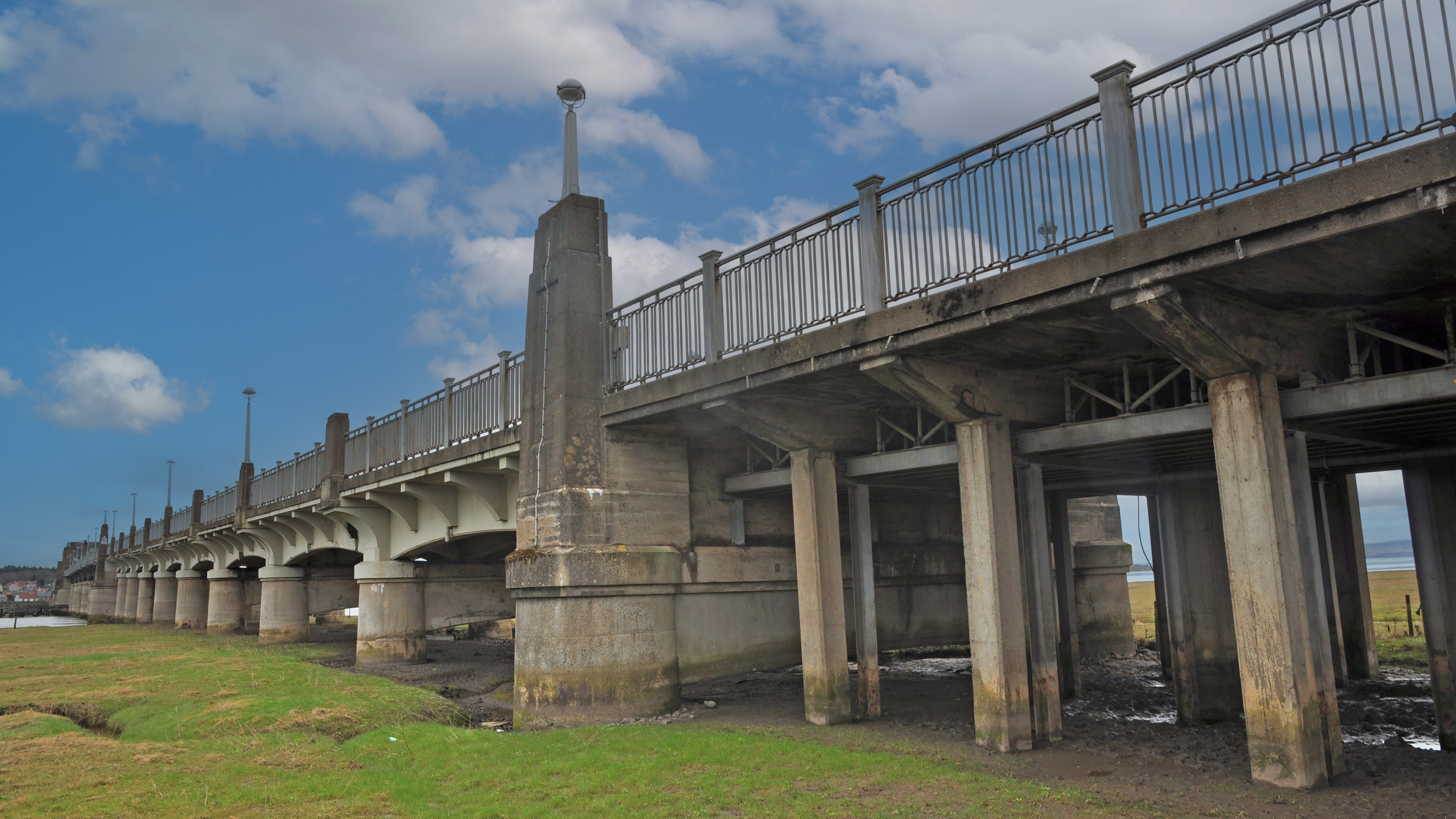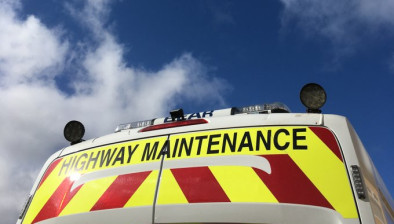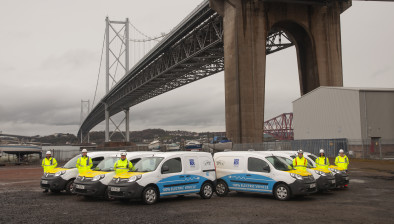Balfour Beatty takes on £16.85m Kincardine Bridge upgrade

The Kincardine Bridge © BEAR Scotland
Transport Scotland has awarded the £16.85 million contract to replace an 80-metre section of the Kincardine Bridge to Balfour Beatty.
The project, with main works on site expected to get underway from early summer, will involve demolishing the Kincardine Bridge’s southern piled viaduct and replacing it with a completely new reinforced concrete structure. Construction is expected to take two years.
The southern piled viaduct has been supported by a steel propping system since 1992. The replacement of the southern piled viaduct will help to ensure the Kincardine Bridge’s long-term availability for service as a key trunk route.
Disruption to road users will be minimised during the project by diverting traffic along a temporary two-lane bridge, to be constructed alongside the old viaduct. This temporary bridge will also provide access for pedestrians.
Once complete, the new viaduct will be similar in appearance to adjacent spans on the original bridge, with lamp posts and parapets from the demolished viaduct reinstated on the new structure.
Transport Scotland’s operating company for the South East of Scotland, BEAR Scotland is managing the project. Detailed design has been carried out by Jacobs.
Chris Tracey, BEAR Scotland’s south east unit bridges manager, said: “Now that the contractor has been confirmed, we’re looking forward to this significant project getting underway. We will work with Balfour Beatty to ensure the new viaduct is in keeping with the rest of the structure, to keep the trunk road open during construction, and to mitigate the impact on the surrounding environment.”
Graeme Dickie, director of operations at Balfour Beatty, said: “The replacement of the Kincardine Bridge southern piled viaduct is an important project, one which will ensure the long-term future use of the bridge.
“Throughout our works, we will remain focused on reducing our impact on the environment by reusing materials from the existing structure wherever possible, whilst also minimising disruption to the travelling public and local communities.”





















